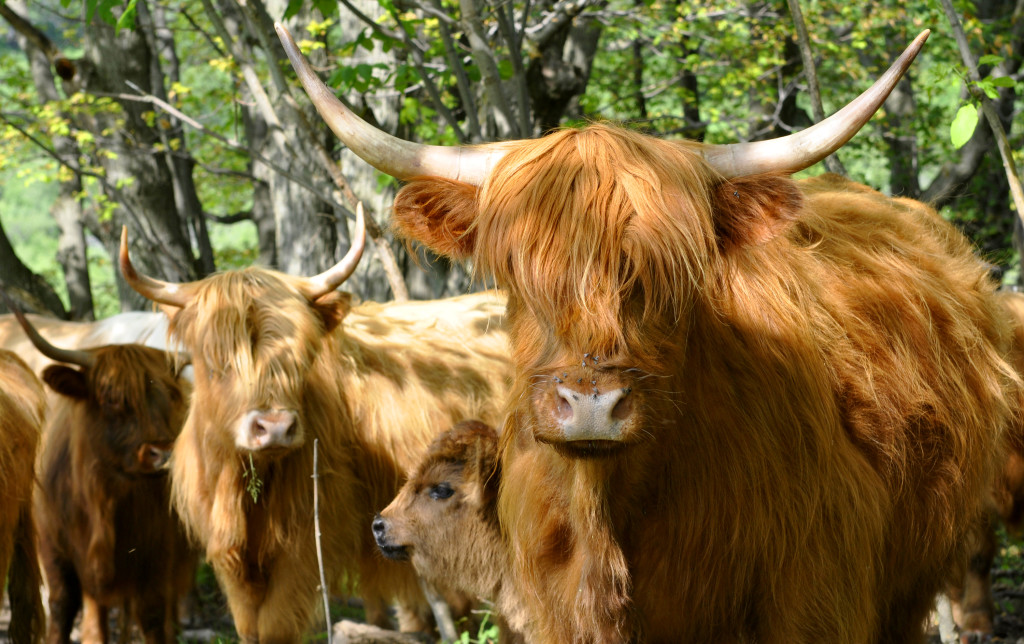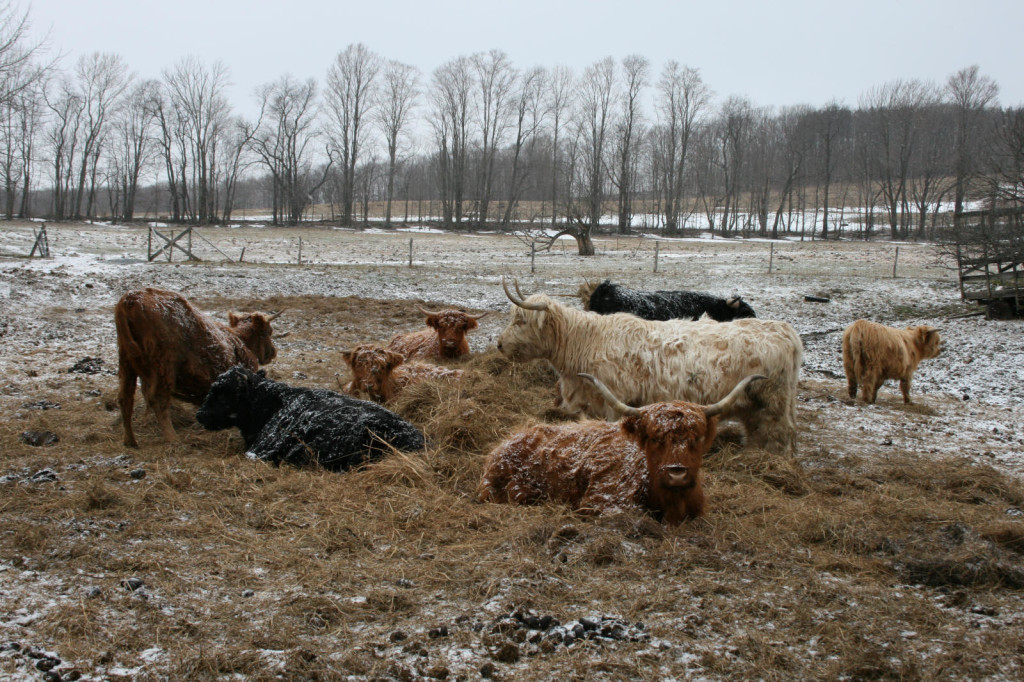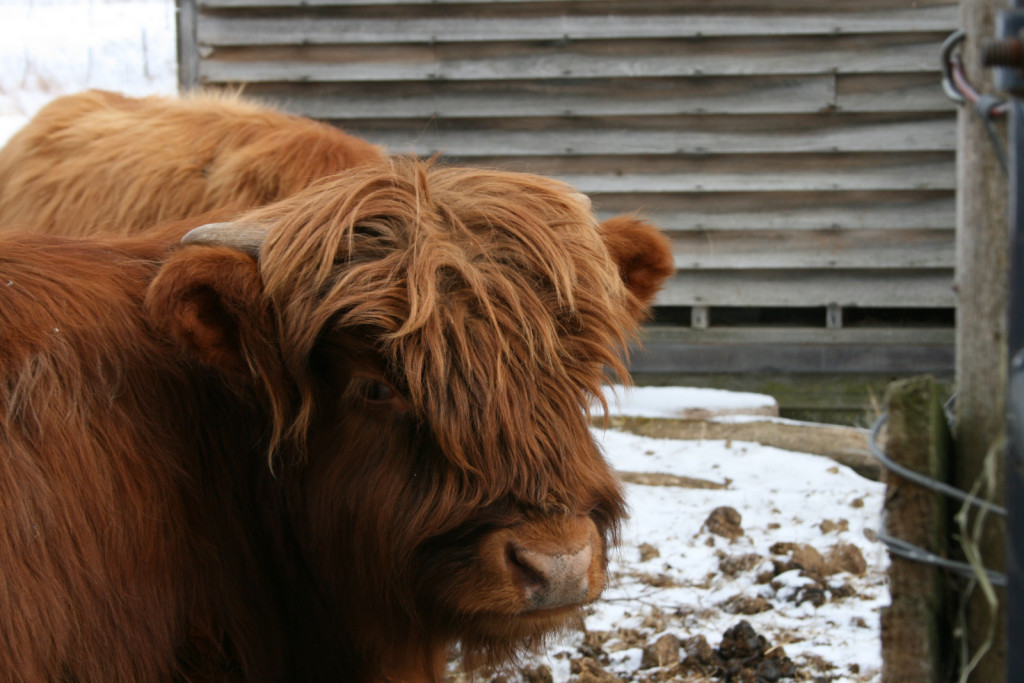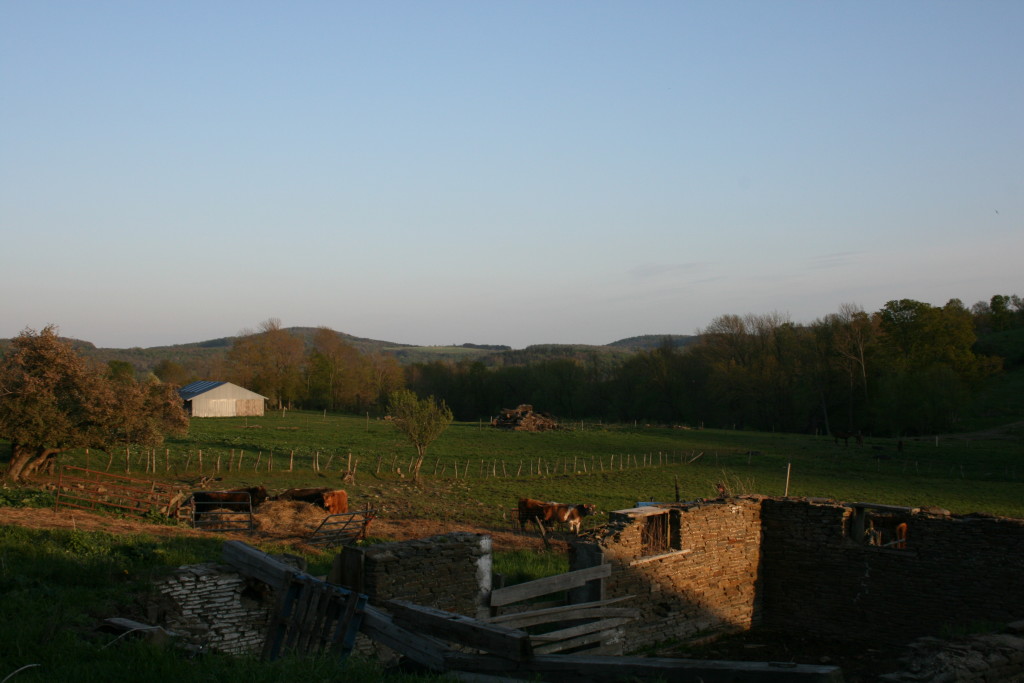In the time it takes you to read this sentence, your body will have lost and replaced over 50,000 cells. In the next seven years, your entire skeleton will be reabsorbed by your body and replaced with a hopefully stronger or more resilient one. I say hopefully, as the truth is, many of our bodies are being slowly poisoned by the chemicals in our food. There are two fundamental reasons for a body that is destined to regenerate itself with lower quality tissue over time: deficiency and toxicity.
For as much as modern medicine boasts about its accomplishments, we still know very little about the nutrients and chemicals that are routinely being introduced into our bodies. However, we do know that it is these very foods and chemicals that will ultimately become the building blocks that regenerate your body. What I am talking about is the old saying, ‘You are what you eat’. So, which type of blocks would you prefer to build the bridge across the river of disease to your own prosperity and health?
Beef products have been under the gun for many years, with studies emerging on the health benefits of grass fed cattle. However, if you could choose between a modern cow or a centuries old Scottish Highland as your source of quality protein and iron, which one do you think would have the highest nutrient score and lowest toxicity level? The Scottish Highland cattle of the Nectar Hills Farm in Central New York had to rely on their stout genetics and thick hair to survive the harsh climates in their Scottish homeland for centuries. Some theorize that their heritage may even go back as far as the Nordic climate of the ancient Vikings.
“Raising modern calves on milk powder, keeping them indoors all winter [or year] can give them all kinds of infections and problems—they are on all kinds of antibiotics, eat GMO feed—it is nonsense, and you can see it,” says Dave Dutton of Nectar Hills Farm. “The old generation of Holsteins lived to be 20 [years old], yesterdays lived to be 12, and the upcoming generation will be done by the time they are four or five.”
“However, the production of these meats is sky high, and that is all [some farmer’s] care about,” Dutton says regretfully. “And the health and well-being of the animal, and the quality of the product is the price we pay.” The Highland cattle of Nectar Hills Farm are highly resistant to infection, and therefore rarely need antibiotics. They have thick fur coats, which results in less fat around their muscle and organs. They mature twice as fast as your standard breed of cattle, and they require very little care, as quite frankly, they do quite well on their own.
However, on an aspiring biodynamic farm, meat is not the only thing that has to be fostered in a harmonious balance with nature. They also grow their own food for their animals, collect milk and make yogurt and cheese from three different sources, including goat, sheep, and cattle. They design clothing, cushions, and quilts out of the leftover hides, harvest their own organic orchard, and are looking into hosting classes and events on their farm, where they also hope to adopt alternative energy to get them off the grid.
“Biodynamics is the real exciting thing, but you have to do a lot more work than the organic guys,” explains Dutton. “Your farm has to be 90 percent self sufficient in making its own foods for the animals, fertilizers, and recycling everything back into the land—in the end it is not just about sustainability, but the regenerative balance between input and output.”
Visit Dave and Sonia at their Nectar Hills Farm and Facebook page.



